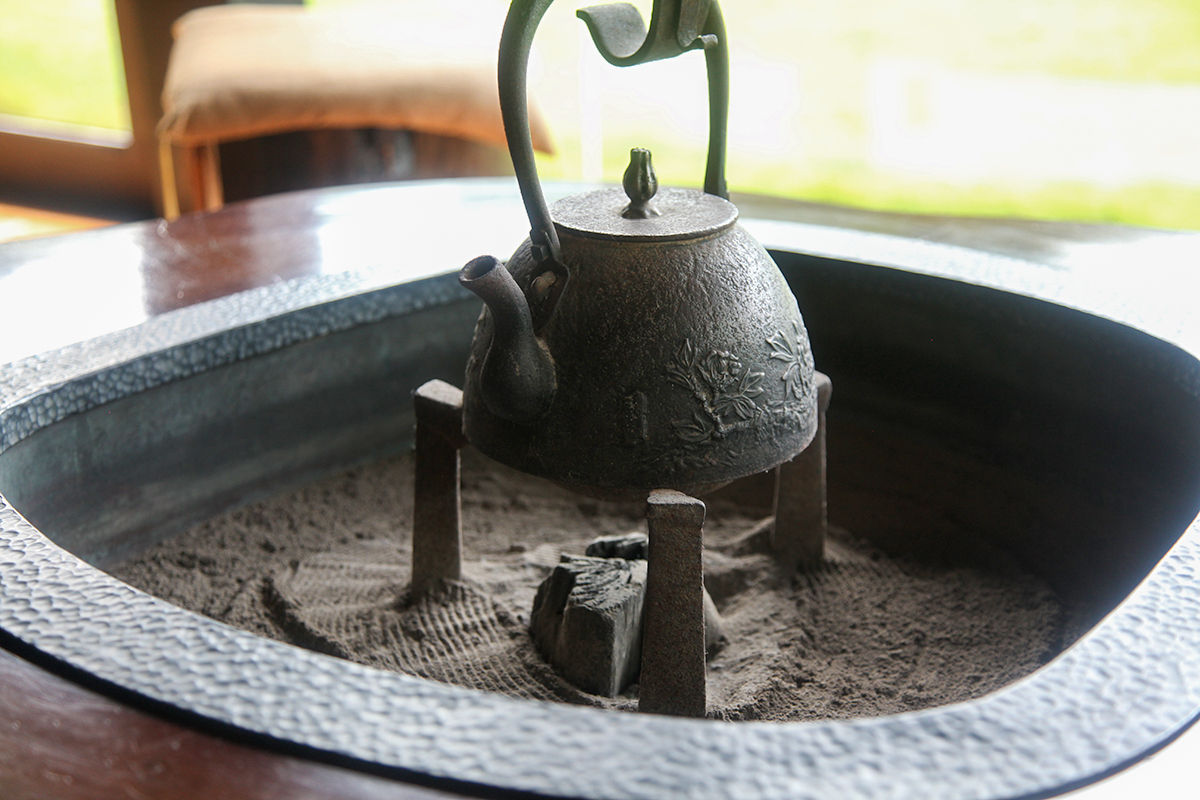There’s an intruder hiding in this photo. Can you spot it? Look carefully!
It’s called DDT, which stands for dichlorodiphenyltrichloroethane. It’s invisible to the naked eye. Yet it’s right here in northern India on a plantation that’s certified organic. How is this possible?
Currently, the certification body that inspects plantations for the “Agriculture Biologique” or “AB” label uses a variety of methods to ensure that the tea production process meets organic standards. The inspection involves the analysis of a wide range of documents, but not necessarily the tea itself. And that’s how a tea that shouldn’t be on sale can slip through the net. In this case, because Palais des Thés is somewhat over-zealous and goes well beyond its legal obligations, the tea was sent to an independent laboratory for analysis before being released for sale to the public, and it came back non-compliant.
In a case like this, which is fortunately rare, we immediately contact the producer with our test results and ask them to take back their tea. They can choose to send it back to India or destroy it. The health of our customers is non-negotiable.

